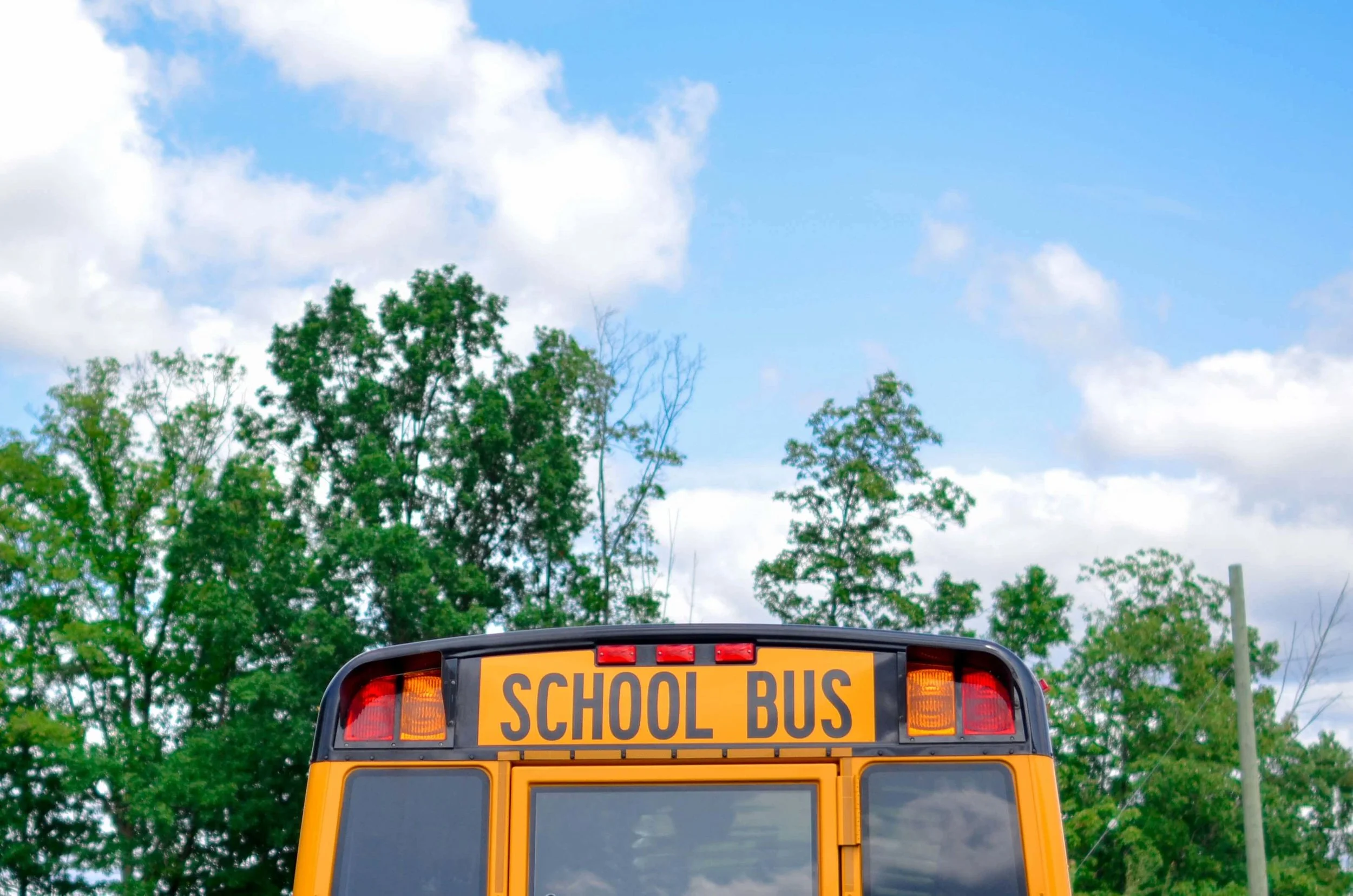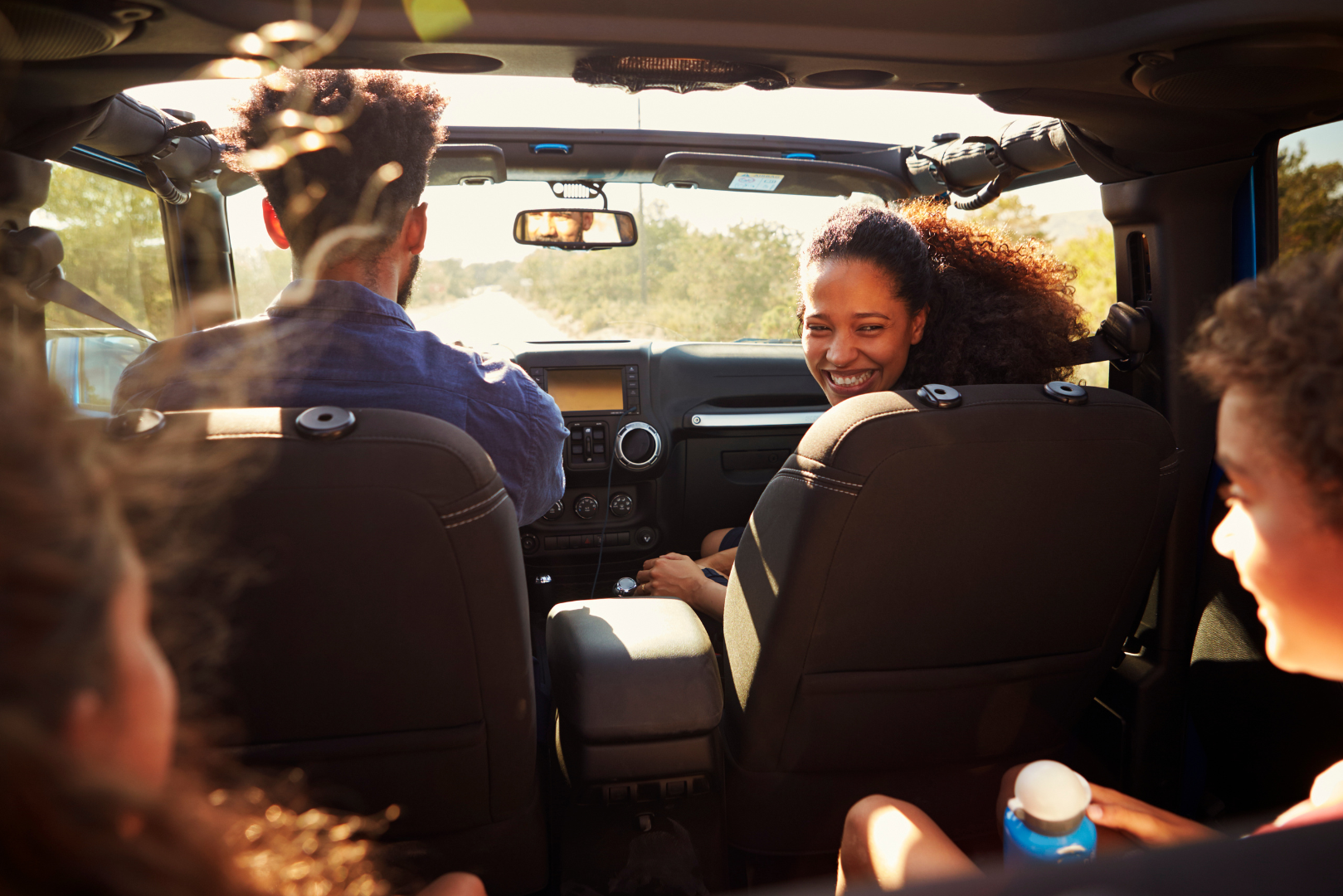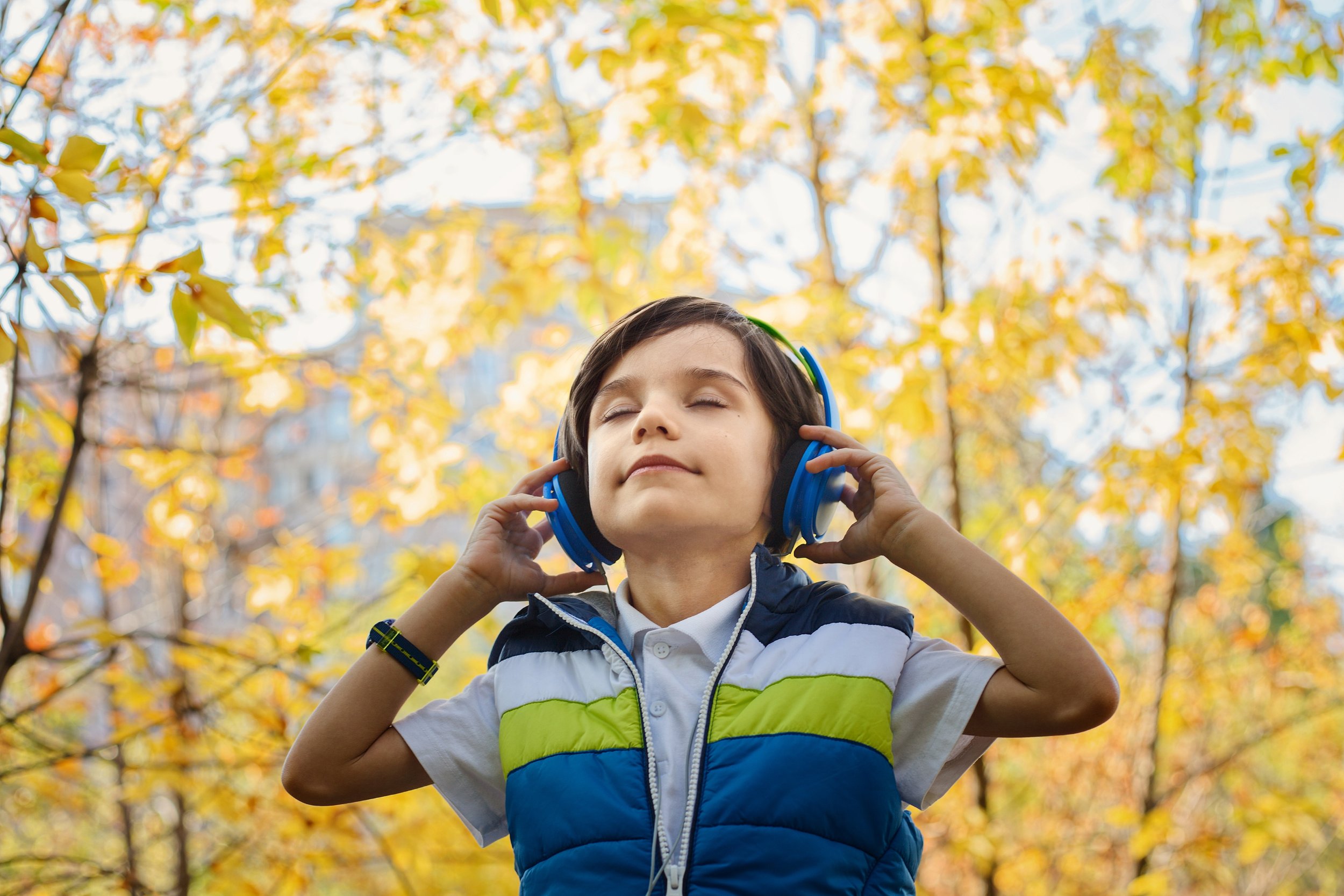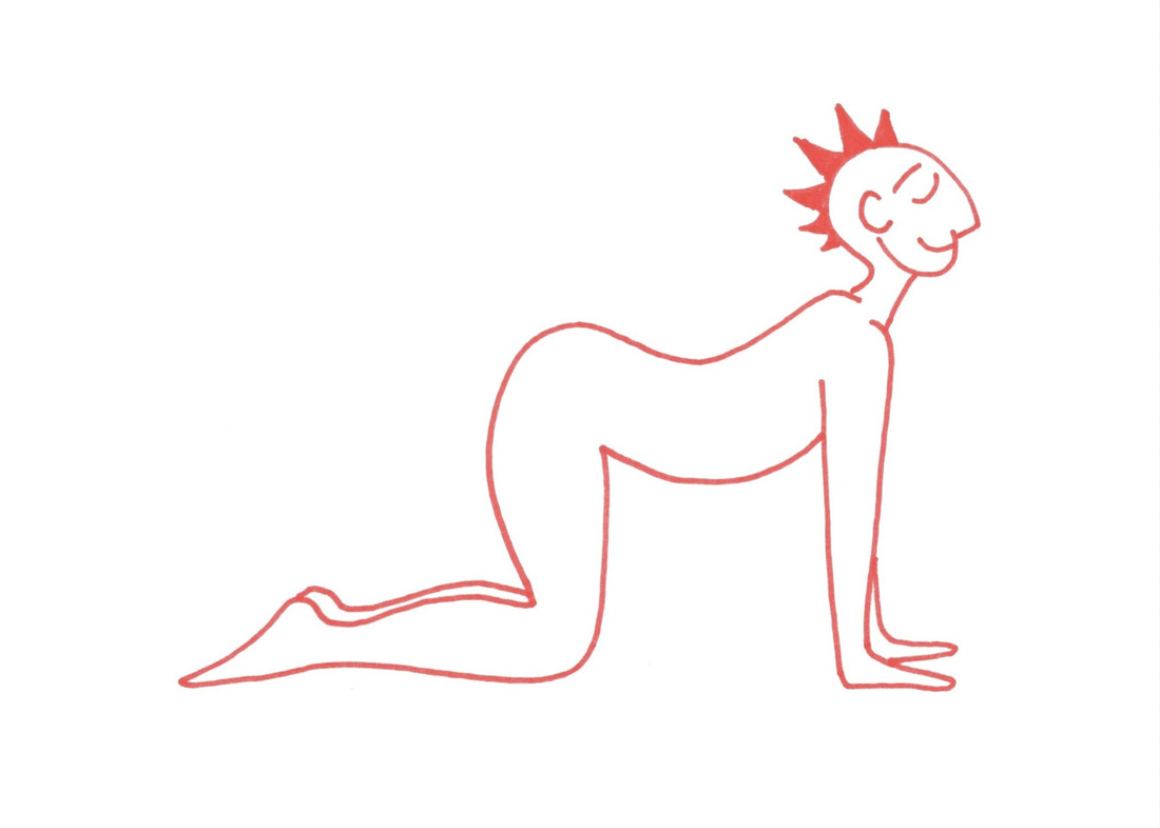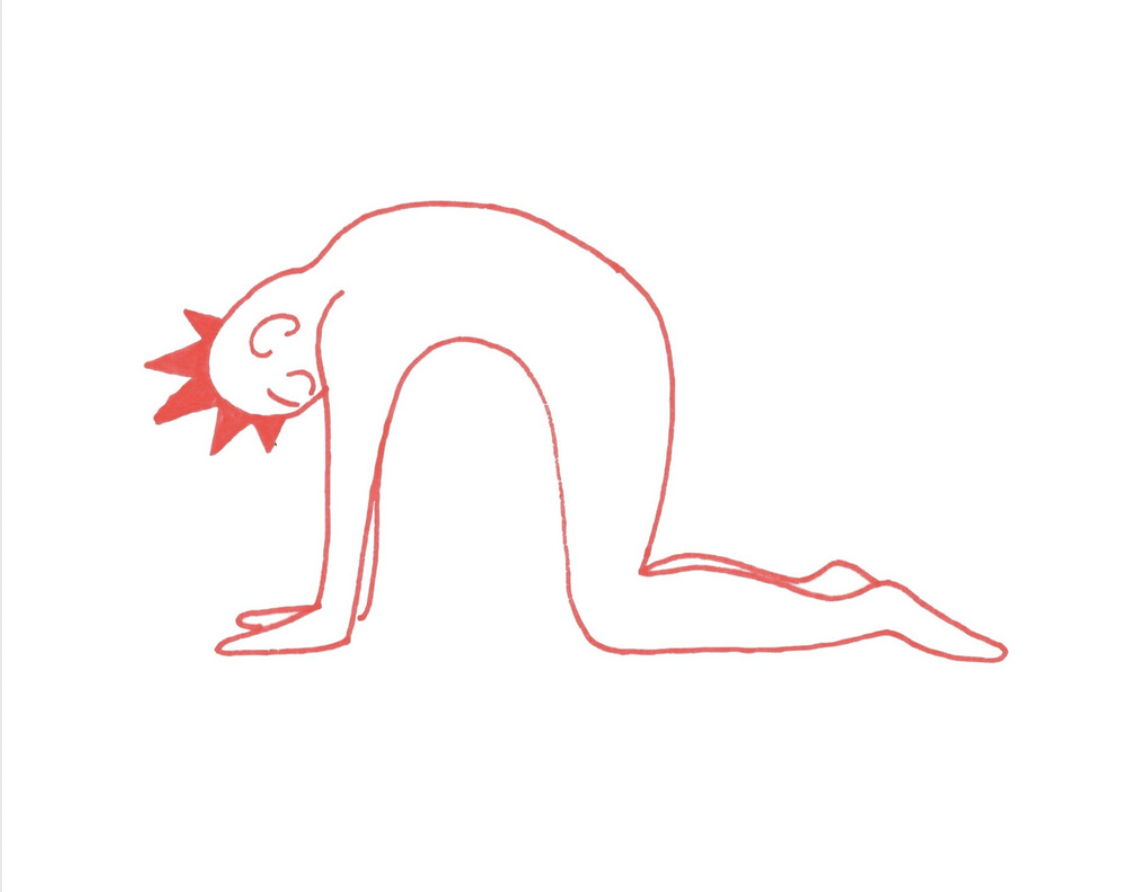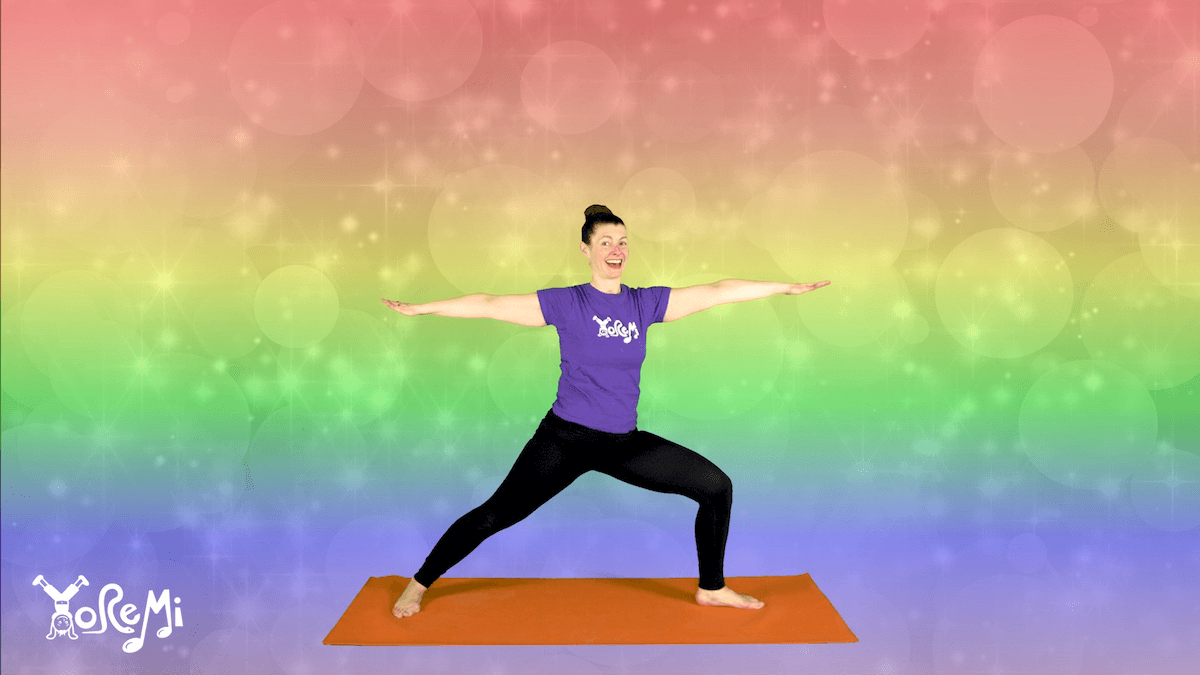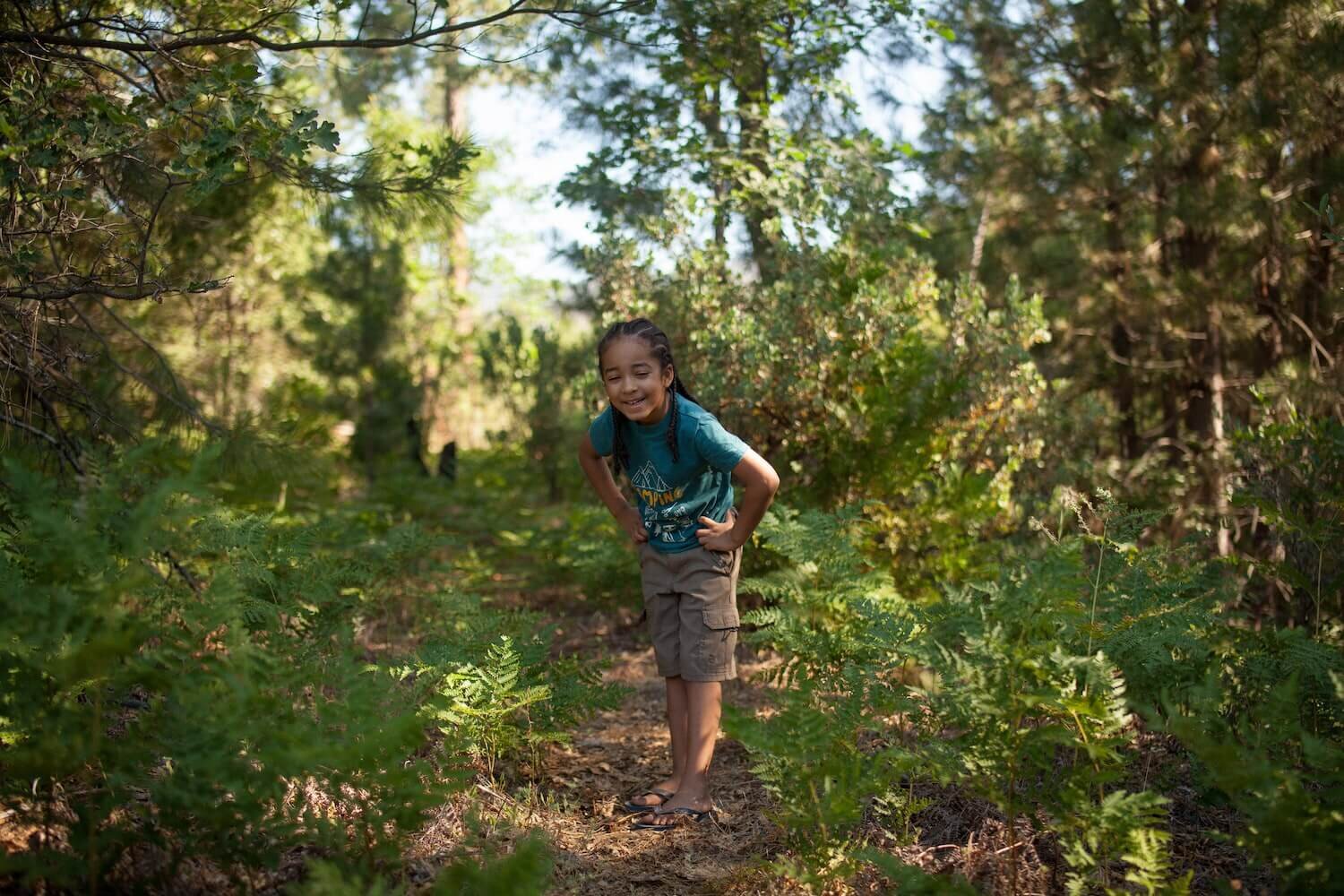How to Set Your Classroom Up for Success This School Year
We’ve heard it before: the success of a classroom for the entire school year is decided in the first two weeks of fall. Seriously…no pressure! As an educator, back-to-school is the perfect time to maximize classroom set up and planning to create an inspiring vision for the school year and put structure, routine and tools in place that will support that vision.
Children, especially early learners, are still figuring out how to be in this new arena and the behaviors we encourage at the start of the year will affect everything they do for the next 10 months.
How can we be mindful as we prepare for the upcoming transition? How can we ensure that we are setting our students up for success in the first two weeks of school? There is a lot to do before children arrive on their first day.
Here are some of our favorite tips for getting your class off to a great start this fall!
1. Reggio inspired classroom set up
First up, we tackle the physical space. In Reggio-Emilia pedagogy, the environment plays a central role in the process of making learning meaningful. So much so, it is often called the third teacher. You may be in the same classroom as last year or you might be starting fresh with a blank canvas. Either way, think about how you can create a learning environment that will support your unique educational style.
Studies have shown that students learn exponentially when encouraged to work with partners or in small groups. The days of desks in orderly rows facing the teacher and blackboard are thankfully over. By collaborating to form inquiries, solve problems and accomplish various tasks, students interact with the content and also engage in SEL (social emotional learning) while developing communication and leadership skills.
Arrange desks or tables in pods or small groupings to promote teamwork and community.
Have various age-appropriate activity centers where children can engage in partner work with others of their choosing.
Ensure space for movement! If your room is small, use modular furniture and keep it light so you can rearrange at a moment’s notice. Be mindful of popular areas and design a natural traffic pattern for your space.
Provide various physical options. Children learn best when they are physically comfortable and mobile. It’s really unhealthy to sit in chairs for hours at a time. Create areas for your students to stand, squat, sit cross-legged on the floor, kneel and stretch.
Not all children will want to be in groups all the time. While the group dynamic is valuable, it can also be overwhelming and draining. Have alternative spaces and activities for your students to honor their individual needs. Provide options for children to self-regulate and encourage them to take care of themselves and each other.
Create a mindfulness corner for reflection and relaxation. Make it comfy and inviting with pillows or bean bags for lounging. Add quiet solo mindfulness activities like a glitter jar, breathing ball and yoga cards.
Provide variations in lighting. Use bookshelves, plants, fabric and fixtures to create bright and dim spaces to support various energy and needs.
Set up listening stations for children that prefer to work with sound. That way, kids who need auditory stimulation to be productive will not need to create it at the expense of other students who prefer quiet.
Keep in mind that, as the teacher, you will also be spending a tremendous amount of time in this space. Take some time to write down a list of your needs and desires for the classroom environment.
What are the types of spaces or furniture that will best support your mental and physical well-being throughout the upcoming year? When we feel supported and our needs are met, we are much more equipped to meet the individual needs of our students.
2. CREATE BELONGING in the classroom
It’s hard to walk into an unfamiliar space, especially when we don’t know anyone! Even as adults, we scan the room for a familiar face, a common bond, a safe spot (back corner by the door) or a comforting activity (hello, snack table)! We might spend an entire workshop or conference feeling miserable and disconnected if no one makes the effort to greet or welcome us into the space.
Ultimately, your classroom is going to be your students’ home away from home. It is so important that they all feel welcomed, seen, safe and valued. That sense of belonging will allow them to feel relaxed, supported and motivated to overcome obstacles.
In a survey by Education Week, 80% of teachers said they thought a sense of belonging in the classroom is important for student success, while 41% said it is challenging or very challenging to make their students feel like they belong, particularly when it comes to concerns students express around sexual orientation, gender, race, socioeconomic, ethnic, and disability identities.
Teachers are on the front line of addressing this core human need for their students and it starts with the environment they encounter on their first day and how they are welcomed into the space.
Make sure every child has a designated space. Provide a cubby for personal belongings and a desk or table spot clearly labeled with their name or picture.
Greet children warmly and personally when they enter the classroom. If you have access to class pictures, memorize names in advance. Introduce yourself and LISTEN to create connection.
Make your space inclusive. Ensure materials are accessible. Stock your classroom library with books and characters that reflect your students individual identities. Utilize open-ended materials at activity centers, for inquiry and dramatic play.
Start with a clean slate. It’s tempting to cover every inch of classroom walls with charts, diagrams and decorations awash in primary colors. It’s also really overwhelming! Keep the walls relatively blank and allow the children’s creations and work product to become the decorations that make your classroom unique , beautiful and representative.
3. RESPECT ROUTINE
When my alarm goes off in the morning, after I have hit snooze a couple times, I eventually make my way through a typical series of events including shower, get dressed, make coffee, breakfast etc. There’s a familiar rhythm and efficiency in this routine. I could probably do it in my sleep, and on some mornings (after staying up late watching Netflix), I basically do!
But what if I had to think about each step, constantly rearranging the order…coffee first? shower first? wait, did I brush my teeth yet? I would be stressed, forgetful, and likely very late to work.
It’s the same in our classroom! Routine saves time and energy while promoting independence, safety and learning. Children need to know what they are supposed to be doing at all times. If they don’t, they will act out. Rather than spending time focused on learning, all the teacher’s efforts and energy will be spent redirecting and managing disruptive behavior.
Plan, plan and plan some more. Children can sense innately when a classroom lacks structure and it makes them feel insecure. Planning doesn’t mean you can’t be spontaneous, open-ended or improvisational. It simply provides the structure or container in which to engage their imaginations and curiosity. Have a plan and also be willing to adjust and go with the flow.
Share the schedule. For early learners, use a visible schedule with pictures and text that children can refer to throughout the day.
Create classroom routines that you can stick to throughout the whole year. How do children enter the space? How will the class transition to various activities? How do we clean up and take care of our space? Use audio or visual cues to punctuate various routines. Establish a signal to gather the group’s attention, either a call-and-response, clapping pattern or other auditory cue.
Try This: Mindfulness Bell Activity
Introduce the children to a chime, singing bowl or other similar instrument.
Give each child an opportunity to play the chime themselves and ask them to describe what they notice and hear.
Explain that whenever we hear the chime, we will stop what we are doing and close our eyes. We take a deep breath in and out, observing how our body and breathing feels. Try it a few times and invite children to express how they feel and what they notice.
Practice the Mindfulness Bell and Relaxation activity below, either with the audio track or guided by the teacher.
Use the mindfulness bell throughout the day to gather attention as well as to settle and calm classroom volume and energy.
4. SET CLEAR EXPECTATIONS USING THE FOUR C’S
The first two weeks of school are the best time to set clear and collaborative classroom expectations. Call them whatever works for your students and your teaching style - rules, community guidelines, protocol or make up something fun and unique. While the list may be longer, make sure it includes the following 4C’s:
Collaboration sets the groundwork for self-regulation and co-regulation. Start with an icebreaker activity around teamwork and invite the students to create classroom rules together. Children are much more likely to adhere to agreements they generated themselves. Once established, the group dynamic will support children who deviate from those expectations to re-align, sometimes without any teacher involvement.
Communication is key for classroom success, and will enrich everyone’s experience as long as there is structure. Encourage and model the use of fact-based observations and refrain from praise language whenever possible. Ask the children, How do we speak? How do we make sure everyone is heard? How do we listen? Request the students to come up with a signal they can use when they want to speak or share an idea. Introduce a talking stick or other object a speaker might hold to indicate when they are sharing and when they are finished.
Conflict Resolution and employing logical consequences ensure the safety and security of everyone in the classroom community. Discussing ways we resolve conflict up front ensures student’s are less likely to feel singled out or discriminated against when issue arise. Logical consequences should be delivered using fact-based observations which will allow to understand their own behavior and how it is impacting the group.
Compassion and care are the foundations for a positive learning experience. Ask children, What do we take care of in the classroom? How do we take care of our own bodies, our space and each other? What can we do when we notice a friend is struggling?
Sing along with Dan to the Compassion Song:
For me, the fall has always felt like a new beginning. Shopping for school supplies, putting together my fall wardrobe and enjoying the comforting smell of cracking the spine of a brand new book, all signal a fresh start. It is exciting and inspiring.
Does everything always go perfectly? Definitely not! Will I have to readjust, regroup and reset at some point? Most likely! But I do know by following these four steps, I create a strong foundation for myself and my students that will provide the ability to respond to everyone’s ever-changing needs and to position our community for success in the upcoming year and beyond.
Save this post:
Rachel Costello is the Executive Director of Yo Re Mi. She is a professional touring musician and Yoga Alliance registered teacher (ERYT200, RCYT, RPYT, YACEP) specializing in hatha, vinyasa, prenatal, postpartum, and yoga for labor and delivery. Through Yo Re Mi Rachel brings musical yoga enrichment to NYC children. Rachel has taught adults and children since 2005 and believes yoga harnesses our innate energy to increase self-awareness, confidence, health, positivity and balance, while having FUN!

